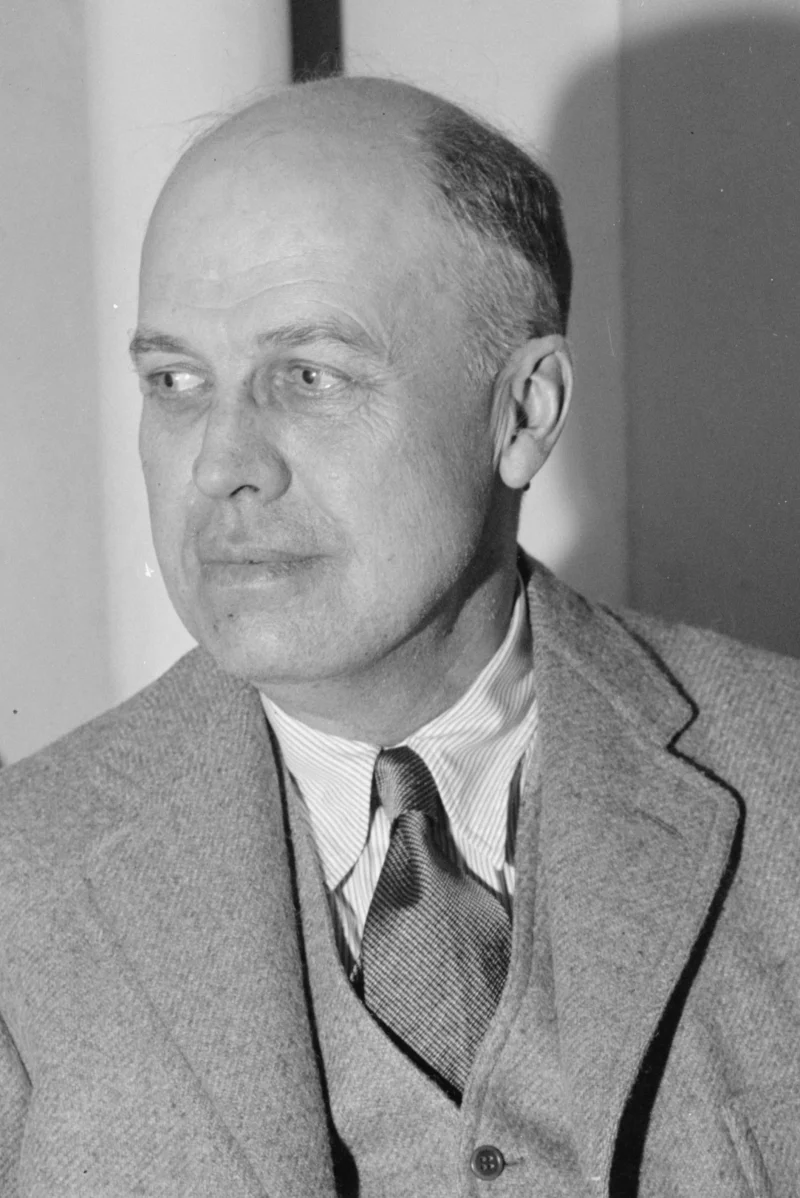Short Summary
Edward Hopper was an American realist painter and printmaker, renowned for his depictions of modern American life. His work is characterized by a focus on solitude and introspection, often capturing urban and rural scenes with a distinct sense of quietude. Hopper's most famous painting, "Nighthawks," has become an iconic representation of mid-20th century American art. His unique style and emotional depth have earned him a significant place in the history of American art.
Early Life & Education
Edward Hopper was born on July 22, 1882, in Nyack, New York, to a middle-class family. His parents, Garrett Henry Hopper and Elizabeth Griffiths Smith, were supportive of his artistic talents from a young age. Hopper began drawing at an early age and showed a keen interest in art. He attended the Correspondence School of Illustrating in New York City and later enrolled at the New York School of Art, where he studied under prominent artists such as Robert Henri and William Merritt Chase. These experiences cultivated his skills and exposed him to the principles of realism, which would heavily influence his later work.
Career Highlights
Edward Hopper's career began with illustration work, but he soon transitioned to painting, where he found his true calling. His first solo exhibition was held in 1920 at the Whitney Studio Club, which garnered little attention. However, his breakthrough came in 1924 with a successful exhibition at the Rehn Gallery in New York. Hopper's work was characterized by the depiction of everyday scenes imbued with a sense of isolation. His style remained consistent throughout his career, focusing on light, shadow, and the human condition. Over the years, he produced numerous iconic works, establishing himself as a leading figure in American art.
Major Achievements
- "Nighthawks" (1942): This painting is one of Hopper's most famous works, capturing the loneliness of city life.
- Whitney Museum Retrospective (1950): A major exhibition that solidified his status in the art world.
- Carnegie Prize (1955): An award recognizing Hopper's significant contributions to modern art.
- Influence on Film and Photography: Hopper's compositions have inspired countless filmmakers and photographers.
- Member of the American Academy of Arts and Letters (1945): Acknowledging his impact on American culture.
Famous Quotes
- "If you could say it in words there would be no reason to paint."
- "The only real influence I've ever had was myself."
- "Great art is the outward expression of an inner life in the artist."
Interesting Facts
- Hopper was initially trained as a commercial illustrator before becoming a full-time painter.
- He was married to Josephine Nivison, a fellow artist, who was often his model and artistic collaborator.
- Despite his image of isolation, he enjoyed long road trips across the United States with his wife.
- Hopper's studio and home in Greenwich Village, New York, is preserved as a historic site.
- His work has been referenced in films like "Psycho" and "Blade Runner."
Legacy / Influence
Edward Hopper left an indelible mark on American art, influencing generations of artists, filmmakers, and writers with his exploration of mood and atmosphere. His ability to convey the complexities of human experience through seemingly simple compositions has cemented his status as a significant figure in art history. Hopper's work continues to be celebrated for its emotional depth and technical mastery, resonating with audiences worldwide.
FAQ
Q: Why is this person famous?
A: Edward Hopper is famous for his realist paintings that capture the introspective solitude of modern American life.
Q: What is Edward Hopper's most famous work?
A: "Nighthawks" is Edward Hopper's most famous painting, depicting a late-night diner scene.
Q: What themes are common in Hopper's work?
A: Common themes in Hopper's work include isolation, urbanization, and the human condition.
Q: Where can one view Edward Hopper's artwork?
A: Hopper's work can be viewed in major galleries and museums, including the Whitney Museum of American Art and The Museum of Modern Art in New York.











